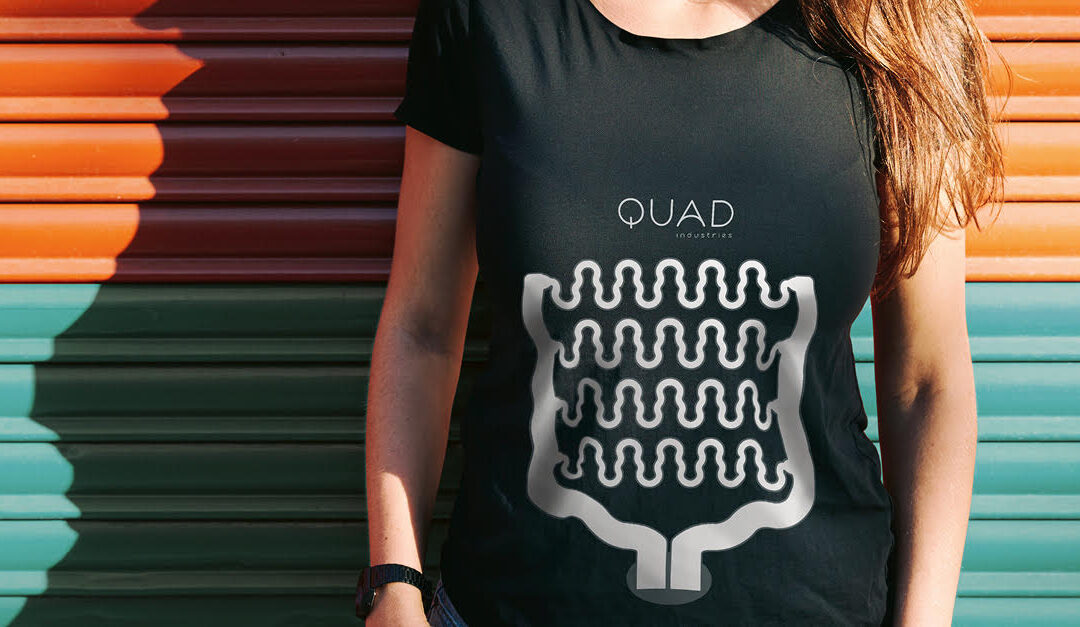Printed electronics are one of the most promising technologies to add electronics to a wide range of materials, including textiles. Through the integration of electronics, it is possible to create disruptive textile-based products with tremendous added value. These so-called smart textiles or e-textiles can be engineered in two ways: a circuit can be woven or knit into the fabric itself to become part of a garment (for example by using conductive yarns), or circuitry can be printed onto a substrate which is then sewn into or bonded to the fabric (through lamination). In the latter case, printed flexible electronics are a true gamechanger and prove to be the more robust, cost-effective, comfortable and durable solution compared to competing technologies. Printed electronics are easy to incorporate, can be fully customized, and their production is easily scalable to high volumes.
Textile integrated heaters for smart garments
The demand for smart textile-based solutions has been growing steadily over the past years, demonstrating the strong benefits that smart textile devices can have in many sectors, such as healthcare, the military, aviation, sports, etc. While most of the existing smart textiles are used for monitoring purposes (especially in the fields of sports and healthcare), one of the applications that has seen the steepest rise of interest is the integration of heating technology into garments. While heated clothing is not new and already commercially available, at present, most electric heated clothes use carbon materials with infrared heating function as heating elements. Wired heaters are often bulky and sometimes use inflexible wires, which can feel very uncomfortable against the body. Printed electronics now provide an innovative and safer wire-free heated layer of fabric that is thinner and softer, making it far easier to incorporate heat into comfortable, flexible, light weight clothing. Thanks to the stretchable and very thin substrates, printed heaters do not restrict activity and mobility or make the clothing inelegant or heavy to wear. The high precision that can be achieved with screen-printed circuitry also makes it simpler to provide warmth exactly where required, and avoid areas of the body which don’t need any additional heat.
Taking the lead … and the heat
Quad has been using its exceptional knowledge of conductive inks to create durable flexible heaters that can easily be integrated onto a garment by making use of two pretty straightforward technologies. By using standard screen-printing techniques with silver and resistive inks, the busbars and circuitry are printed onto a flexible and highly stretchable substrate (a thermoplastic polyurethane or TPU sheet). After adding a protective layer and laser cutting the flexible heater to the desired size or shape, the electronics are transferred onto the fabric by hot press lamination, again a pretty standard technique in the textile industry. The durability of Quad’s printed flexible heaters is exceptional. Their performance is not weakened by frequent use, they provide a uniform heat with no hot spots, and seem to withstand crinkling, sweat and repeated washing very well. Printed heaters do require battery power to operate, however they don’t require that much voltage to work well.
Quad Industries’ flexible printed heaters can be used in jackets, gloves, hats, boots, socks and other apparel to keep people warm in extreme circumstances. Think of professional and recreational skiers and other athletes that want to perform great in challenging situations, or hikers, outdoor enthusiasts, park rangers and mountaineers that need to be geared up to face the elements at any time. Flexible printed heaters can be integrated in workwear for people that need to function well in extreme weather or precarious situations, such as railroad workers or members of the military on arctic missions. From helping muscles to relax, to providing comfort and healing benefits for aching bodies – flexible heating solutions offer an array of therapeutic advantages in the healthcare world. Whether it’s heated bedding, bandages or muscle braces, flexible printed heaters have rapidly become indispensable within modern medical practice.
Does your application require a flexible printed heater or textile integrated heating solution? Make the most of our innovative technology, as together we will find the best solution for your requirements. Our specialists are ready and waiting – so get in touch today.
